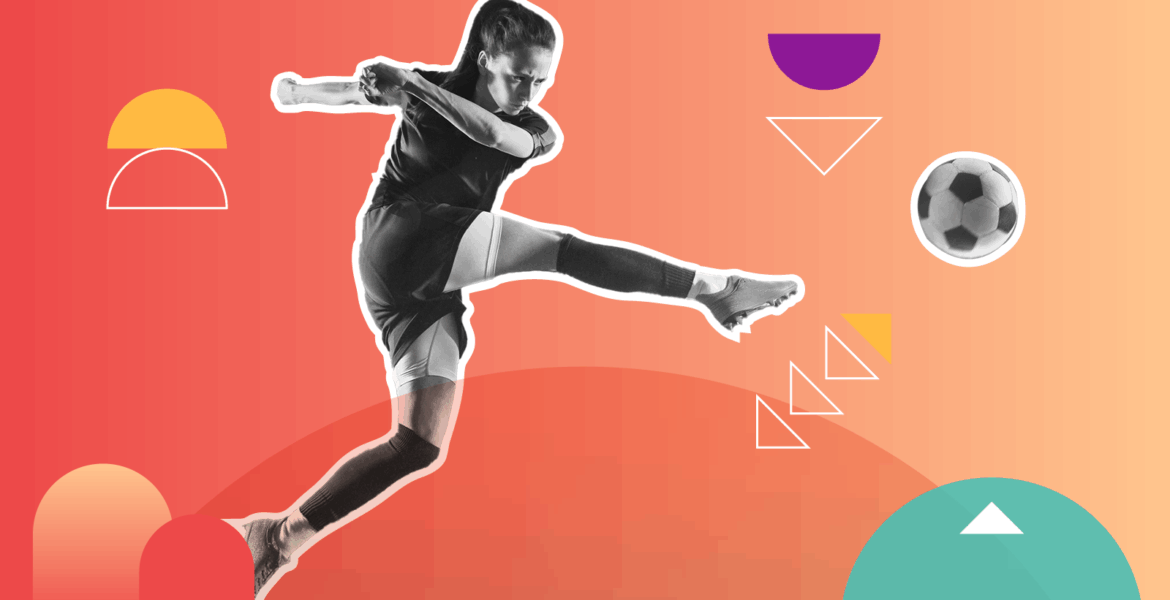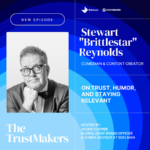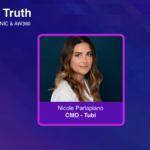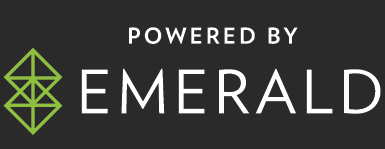By R. Larsson, Advertising Week
The Lionesses brought it home, securing a Women’s Euros win for England in what has been dubbed the “Women’s Summer of Sport”. It’s a win for brands too: with the fragmentation of viewing meaning consumers are split into their own personalized media bubbles, tentpole sports events are an increasingly rare opportunity to align with shared cultural moments.
Women’s sport is especially valuable for its ability to draw in new audiences by broadening the very definition of sports star for half of the population who have been historically underserved. Weave this incremental audience growth with a big dose of national pride and athletes boasting championship-level charisma, and you’re left with media gold, as the numbers prove.
“The Women’s Euros set a new benchmark for digital engagement, drawing in unprecedented traffic with over 12 million live TV viewers, 15.5 million streams and an incredible 230 million social video views globally,” said Rob Blake, MD UK and DACH, Channel Factory.
“This record-breaking fan activity isn’t just great for the sport – it’s a massive opportunity for brands looking to connect with audiences at scale, right when they’re at their most active: online and on social. The football frenzy is also directly correlated to consumer behaviour as fans were estimated to have splurged more than £800 million through the course of the event.”
Sports are unique in the media landscape for enduring brand associations that span generations, and those who want to piggyback off women’s sport to secure their spot as household names need to keep up the momentum.
“What’s apparent now is that major events like this aren’t just peaks in the calendar to be witnessed and forgotten about; they’re springboards for building a loyal consumer base,” said Blake. “With increasing pressure to deliver measurable outcomes while sustaining core values, brands need to execute smart and original video strategies, combining intent data and contextual targeting, that continue beyond the tournament.
“The journey shouldn’t stop at the final whistle: the real goal is connecting authentically with audiences across key digital channels such as YouTube and the social platforms, where they are truly engaged and show high intent.”
Beautiful Technology for the Beautiful Game
“The Lionesses’ Euros victory exemplifies how the boom in the popularity of women’s sports is driving a new era of audience engagement, one that spans TV, streaming, and social media. This creates precisely the kind of cross-platform engagement that modern marketing needs to capitalise on effectively,” said Ben Cicchetti, SVP, Marketing & Communications, InfoSum.
With this broad, cross-platform view of audiences comes a richer view of their behaviours, which provides brands with novel avenues for getting their foot in the door with attention-saturated consumers, leveraging signals across everything from media engagement to retail purchases.
“Some of the most effective campaigns focused less on who was watching and more on what audiences were doing, like Walkers surprising fans in local pubs during match viewing, or Tesco’s receipt campaign that activated around actual shopping behaviour,” said Cichetti.
“This points toward a broader shift: intelligence-first marketing in the AI era that rebuilds media strategies around behaviour rather than identity. As brands increasingly seek these behaviour-based approaches, it’s crucial they partner with retailers and platforms in ways that preserve control and consent, using technologies that make privacy a feature of every interaction rather than an afterthought.”
Contextual advertising is one such privacy-focused targeting methodology that has been leveraged by brands during the Women’s Euros, and the data that powers it demonstrates how significantly women’s football has grown in a very short time. Ben Pheloung, General Manager of contextual targeting provider Mantis, shared that media mentions for England goalkeeper Hannah Hampton in July 2025 were more than double the entire two years prior.
“During the Women’s Euros 2025, we’ve had requests from publishers and brands to create audience segments for targeting content featuring phrases such as ‘Women’s Euros’, ‘Lionesses’, and individual players,” said Pheloung. “If a broader term and segment is targeted, such as ‘English football’, then the content will mainly relate to men’s football events and players. The ‘Women’s Euros’ segment is currently our most requested for targeting.”
There’s No I in Team: Media Collaboration Gives More Chances to Get in the Game
Women’s sport is rising alongside an expansion of the media landscape, where rights holders are being less guarded and broadcasters are becoming more collaborative. This means tournaments and teams — and the brands that associate with them — can spread through a wider array of channels and hit fewer roadblocks when reaching out to audiences.
“Rights holders are expanding beyond traditional TV via digital and streaming channels, enabling interactive broadcasting opportunities,” said Katharine Dunlap, Senior Commercial Director, Global Accounts and Agencies, Comcast Advertising. “A good example of this is DAZN’s deal to show the FIFA Club World Cup in the UK, and its additional partnership with Gary Lineker’s podcast, The Rest Is Football, where the action was discussed alongside match highlights.”
Across the media world, there is a realisation that teamwork does indeed make the dream work: “Broadcaster collaboration also means advertisers can participate in bespoke partnership models, leveraging combined assets for greater impact — prime-time slots, exclusive sponsorship rights, and brand integrations across multiple screens,” said Dunlap.
“It’s more than just filling airtime: it’s about co-creating broader cultural narratives and shared value, driving brand loyalty, championing inclusion, and capitalising on a fast-expanding audience hungry for new stories and experiences.
“In short, as media partners pool resources and develop innovative approaches, brands in 2025 and beyond have an unprecedented opportunity to reach diverse, passionate audiences like never before.”
Women’s Sports’ Global Reach Creates Data Curveballs
“The impact of the Women’s Euros was not only felt in Europe – a quick check on Reddit revealed fans from all over the globe hunting down ways to view the game in their countries,” said Vinod Kashyap, Chief Product Officer, Digital Envoy. “While this popularity is fantastic for the sport, it causes challenges for the media industry. For many, the ability to watch a final comes by dodging digital rights rules, using VPNs to hide the fact they shouldn’t have access to the programming.”
Widespread VPN use is more than a rights issue; it scrambles the data advertisers depend on to make informed targeting decisions: “While putting broadcasters at risk of lost revenue and even fines, this also creates challenges for advertisers who are increasingly assigning significant budgets to women’s sporting events,” said Kashyap. “We all know ad targeting is only as good as the data it is based on, but what do you do if the data is being purposefully hidden or disguised?
“The issue is complex, with blanket blocking of VPNs potentially hindering legitimate viewers, and for many it will feel like yet another in a long list of potential barriers to ROI. Employing the right partners to navigate the VPN issue in a sensitive way will become increasingly important as we see larger and larger global audiences be inspired by women’s sports.”
There’s a new generation of sports fans entering the game who are ready to swear their loyalty to the brands that share their passion. But with new audiences and channels come new complications, and women’s sports is rapidly changing alongside the media ecosystem it relies on. Like the Lionesses themselves, advertisers can win the public’s hearts and minds by being nimble, authentic, and collaborative.











